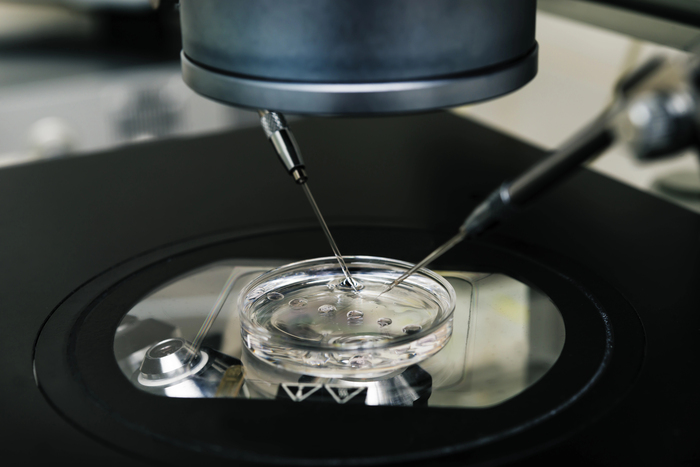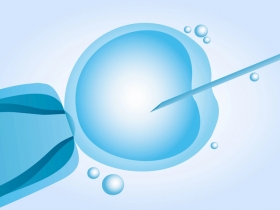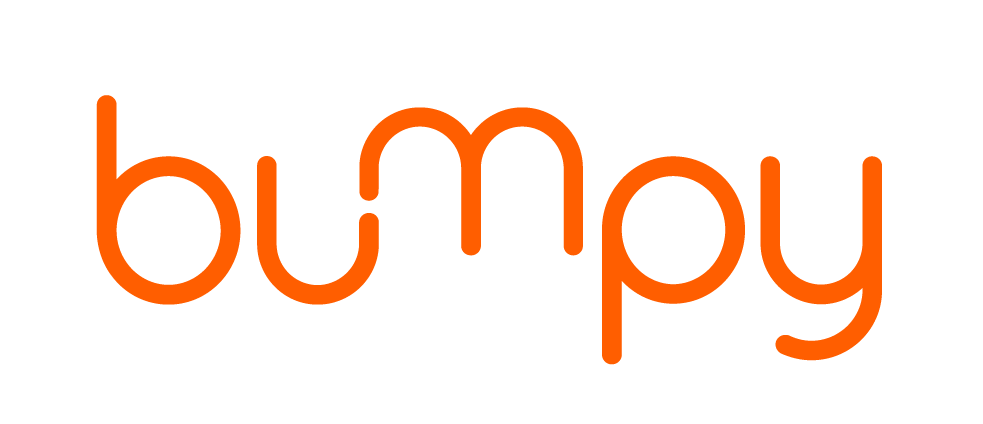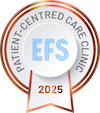Enhancing IVF Success with Laser Assisted Hatching
The LAH Procedure
Laser Assisted Hatching is performed in a controlled laboratory setting, typically when the embryo reaches the blastocyst stage around day five of development. A specialized laser makes a precise incision in the zona pellucida, allowing the embryo to hatch more easily. This is minimally invasive, causing little to no damage to the embryo. The laser’s accuracy ensures that only a tiny part of the shell is opened, which helps protect the integrity of the embryo.

Embryologists carefully select which embryos to apply LAH to, focusing on those that are likely to benefit the most from this procedure. This includes embryos with a thicker zona pellucida, frozen embryos that may have a harder time hatching, and embryos from patients with a history of failed IVF cycles.
Who Can Benefit from LAH?
Laser Assisted Hatching is not a universal necessity for all IVF patients but is highly recommended for certain groups. Women over the age of 35, for instance, often have embryos with a thicker zona pellucida, which can impede the hatching process. Additionally, patients who have experienced multiple failed IVF cycles may find that LAH improves their chances of success. (Source: ArtFertilityClinics) Frozen embryos, which can sometimes harden during the freezing process, are also prime candidates for LAH, as this technique can help overcome the difficulties associated with thawed embryos.
In some cases, LAH is paired with Pre-implantation Genetic Testing (PGT), which screens embryos for genetic abnormalities before implantation. LAH can aid in this process by allowing easier access to the embryo, making it a valuable tool in comprehensive fertility treatment plans.
Why Personalized Care Matters
Laser Assisted Hatching underscores the importance of individualized care in IVF treatment. Each patient is unique, and fertility specialists need to thoroughly assess each case to determine the most effective course of action. Factors like the patient’s age, embryo quality, and history of fertility treatments play a role in deciding whether LAH is the right option.
While LAH offers many advantages, it is only suitable for some. Consulting with a fertility specialist to evaluate whether this procedure is appropriate for a specific situation is essential. The right combination of personalized care and advanced techniques like LAH can greatly enhance the overall success rates of IVF treatments. (Source: Little Angel IVF)
The Future of IVF with LAH
As IVF technology continues to advance, procedures like Laser Assisted Hatching are helping to improve success rates and give hope to couples facing infertility challenges. By focusing on each patient’s unique needs and utilizing the latest advancements in reproductive medicine, fertility clinics can offer a comprehensive approach to treatment that increases the likelihood of achieving a successful pregnancy.
Laser Assisted Hatching is a powerful tool that can make a meaningful difference in IVF outcomes. As fertility treatments continue to evolve, LAH will remain a key option for helping couples realize their dreams of parenthood.
Sources:
OneFertilitykw - OneFertilitykitchenerwaterloo.com/assisted-hatching-everything-you-need-know/ ArtFertilityClinics - ArtFertilityClinics.com/in/en/art-blog/laser-assisted-hatching-treatment-in-ivf Little Angel IVF - Littleangelivf.com/blog/ivf/what-is-ivf-with-laser-assisted-hatching-lah/






